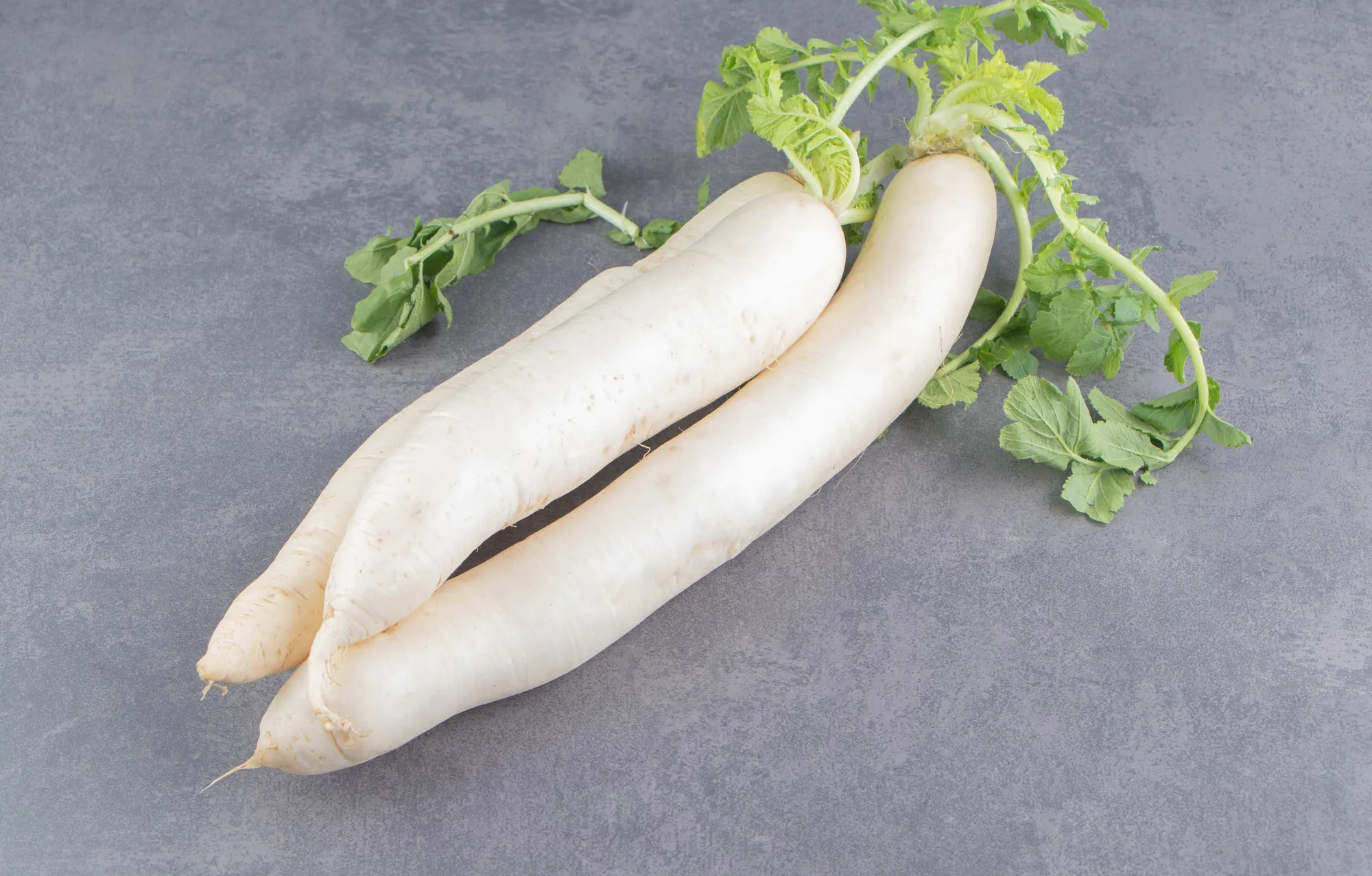Groundbreaking Study Maps Relationships of the LRR-RLK Gene Family in Radish
A groundbreaking study recently published in Scientific Reports is causing a stir in the world of botany and plant genetics. Researchers have carried out a comprehensive analysis of the leucine-rich repeat receptor-like protein kinase (LRR-RLK) gene family in radishes (Raphanus sativus L.), providing much-needed insights into the evolutionary and expressional facets of these important genes.
The Quest to Decode Radish LRR-RLKs
For years, the LRR-RLK family of genes has captivated scientists due to their crucial roles in various plant processes, including development and disease defense. These receptor-like kinases are known for their ability to perceive extracellular signals and initiate intracellular responses that help the plant adapt to its environment.
Despite in-depth genome-wide studies of LRR-RLKs in several plant species, the function of these genes in radishes remained largely uncharted territory until now. With 292 LRR-RLK genes identified from the radish genome and classified into 23 distinct subgroups, a formidable blueprint has been set up for future research endeavors.
A Delicate Dance of Duplication and Evolution
Fascinatingly enough, the research team, led by Wang Jinglei and colleagues, discovered that the defense-related gene subgroups have mostly evolved through tandem duplication events, as opposed to the whole genome triplication (WGT) that was typical for development-related subfamilies. This critical finding not only helps demystify the process of plant evolution but also places the diverse functionality of these subfamilies under a new light.
Tandem duplications, often resulting from errors during DNA replication, can lead to the emergence of gene clusters with novel or specialized functions. This is likely the case for defense-related LRR-RLK genes – a sophisticated response to quickly adapt to the countless pathogens that pose a threat to plant health.
Expressional Patterns: A Story of Constraints and Diversification
Diving deeper into the expressional landscapes of these genes, the study revealed that the defense-related LRR-RLKs generally feature lower expression levels and exhibit activity in fewer tissues compared to their counterparts involved in developmental processes. This observation supports the theory that defense-related genes operate under tighter regulatory controls, possibly due to the potentially harmful consequences of their over-expression.
In contrast, the more diverse expression patterns seen in development-related LRR-RLKs suggest a broader involvement across various stages and aspects of plant growth. These genes were not just duplicates idly sitting in the genome, but active players shaping the organism throughout its lifecycle.
Structural Conservation with Functional Divergence
Within each subgroup, gene structures and conserved domains were found to remain similar, indicating a strong conservation of structural features over time. However, the differentiation in function among the subgroups hints at a fascinating evolutionary tale wherein structural robustness provides the potential for functional experimentation and divergence.
The nuanced structural and expressional differences observed across the LRR-RLKs highlight the delicate balance that nature maintains as it forges new paths in a gene family’s evolutionary journey, ensuring survival while fostering innovation.
Mapping Out Future Discoveries
This monumental study paves the way for further exploration into the mysterious working of radish LRR-RLKs. With the substratum laid out comprehensively, researchers can now push the frontiers to unearth the exact molecular mechanisms and pathways these genes influence.
From bolstering crop resilience against diseases to understanding developmental intricacies, the potential applications of these insights are vast. The integration of evolutionary, structural, and expressional data provides a strong framework for harnessing LRR-RLKs’ powers for agricultural improvement and genetic research.
References and Further Reading
The study, “Investigation of evolutionary and expressional relationships in the function of the leucine-rich repeat receptor-like protein kinase gene family in the radish (Raphanus sativus L.),” can be accessed through DOI:(https://doi.org/10.1038/s41598-019-43516-9).
To delve deeper into this subject matter, the following references offer additional insights:
1. Yang Y, et al. “Genome-wide analysis of lectin receptor-like kinases in Populus.” BMC Genomics. 2016;17:699. (https://doi.org/10.1186/s12864-016-3026-2).
2. Shiu SH, Bleecker AB. “Receptor-like kinases from Arabidopsis form a monophyletic gene family related to animal receptor kinases.” Proc. Natl. Acad. Sci. USA. 2001;98:10763–10768. (https://doi.org/10.1073/pnas.181141598).
3. Hanks SK, Hunter T. “Protein kinases 6. The eukaryotic protein kinase superfamily: kinase (catalytic) domain structure and classification.” FASEB J. 1995;9:576–596. (https://doi.org/10.1096/fasebj.9.8.7768349).
4. Liu PL, et al. “Duplication and diversification of lectin receptor-like kinases (LecRLK) genes in soybean.” Sci Rep. 2018;8:5861. (https://doi.org/10.1038/s41598-018-24266-6).
5. Zhou F, Guo Y, Qiu L. “Genome-wide identification and evolutionary analysis of leucine-rich repeat receptor-like protein kinase genes in soybean.” BMC Plant Biol. 2016;16:58. (https://doi.org/10.1186/s12870-016-0744-1).
Keywords
1. Leucine-Rich Repeat Kinases
2. Radish Gene Study
3. Plant Disease Resistance Genetics
4. LRR-RLK Evolution
5. Radish Genome Analysis
